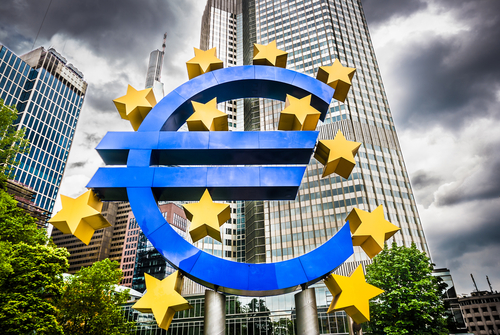
Europe | Monetary Policy & Inflation

Europe | Monetary Policy & Inflation
This article is only available to Macro Hive subscribers. Sign-up to receive world-class macro analysis with a daily curated newsletter, podcast, original content from award-winning researchers, cross market strategy, equity insights, trade ideas, crypto flow frameworks, academic paper summaries, explanation and analysis of market-moving events, community investor chat room, and more.
Go to: Recent Voter Comments ǀ Stress, Surveys and Data

Link to Most Recent ECB Meeting Minutes
The need for a hawkish pivot by the ECB, driven by the growing inflation problem, has been our view for some time. That the gas outlook for this winter has improved, while inflation has continued to overshoot add further to our conviction on this front.
Even though inflation has yet to peak, and the near-term economic tail risks from the Russian invasion of Ukraine have faded, talk in the market is now turning towards a slowdown in hiking. This is premature. Our own analysis of ECB speakers suggests a continued lean towards 75bp in December, which would be enough to take the depo rate into modestly contractionary territory (Chart 1). Similarly, while the last meeting pushed back on QT talks, the tone of speakers has increasingly shifted in its favour (Chart 2). We now expect ECB consensus will gravitate towards it starting in 2023.

The accuracy of ECB inflation forecasts has been particularly poor this year (Chart 3). There is now very little credibility even in the near-term forecasts (as attested to by recent comments from the likes of Board Member Schnabel). Core inflation is meanwhile on a higher trajectory than in the UK or US (Chart 4). This, and the continued rise in inflation expectations (see Appendix charts) clearly has ECB voters (not least President Lagarde) increasingly concerned.

Despite this, the market pricing sits towards the lower end of our expected range of deposit rate moves, with 60bp priced in for December, and 50bp priced in for February (Chart 5). Such an outturn would be contingent on a considerable undershoot in November inflation (released 30 November). Put another way, the market is pricing for a deceleration in hikes before interest rates are restrictive and before inflation has peaked.

The rise in comments around QT following the last meeting is interesting. Given the Eurozone’s bond net supply picture, the capacity to seriously pursue it may be limited. However, until that reality hits we expect that the nascent comments around a nebulous balance sheet reduction (from the likes of President Lagarde, Lithuania’s Šimkus, Latvia’s Kazāks, and Estonia’s Müller) will shift towards a more explicit call for a rundown in 2023 (as per comments from VP de Guindos, Ireland’s Makhlouf and Slovenia’s Vasle). For now, requests for its commencing as soon as neutral rate is hit (as per Finland’s Rehn, Netherlands’ Knot) will probably retain support only among the hawks.
A minor change into the end of the year will see the inclusion of Croatia into the Euro area (effective as of 1 January 2023). Inflation there sits at almost 13%, and its CB head, Boris Vujčić has made no secret of his prioritization of this over growth. We do not expect the addition of another hawk will significantly affect the balance (major NCB and executive board consensus is more important than the vote rota). However, on the margin it will provide an additional hawkish voice to stir market reaction, and another 4 million people to whom the ECB must justify its (in)action. Lagarde’s recent hawkish tour of the Baltic (where inflation averages >20%) shows how powerful this can be.



Spring sale - Prime Membership only £3 for 3 months! Get trade ideas and macro insights now
Your subscription has been successfully canceled.
Discount Applied - Your subscription has now updated with Coupon and from next payment Discount will be applied.